Hidden Photography Gems in Northern England’s National Parks
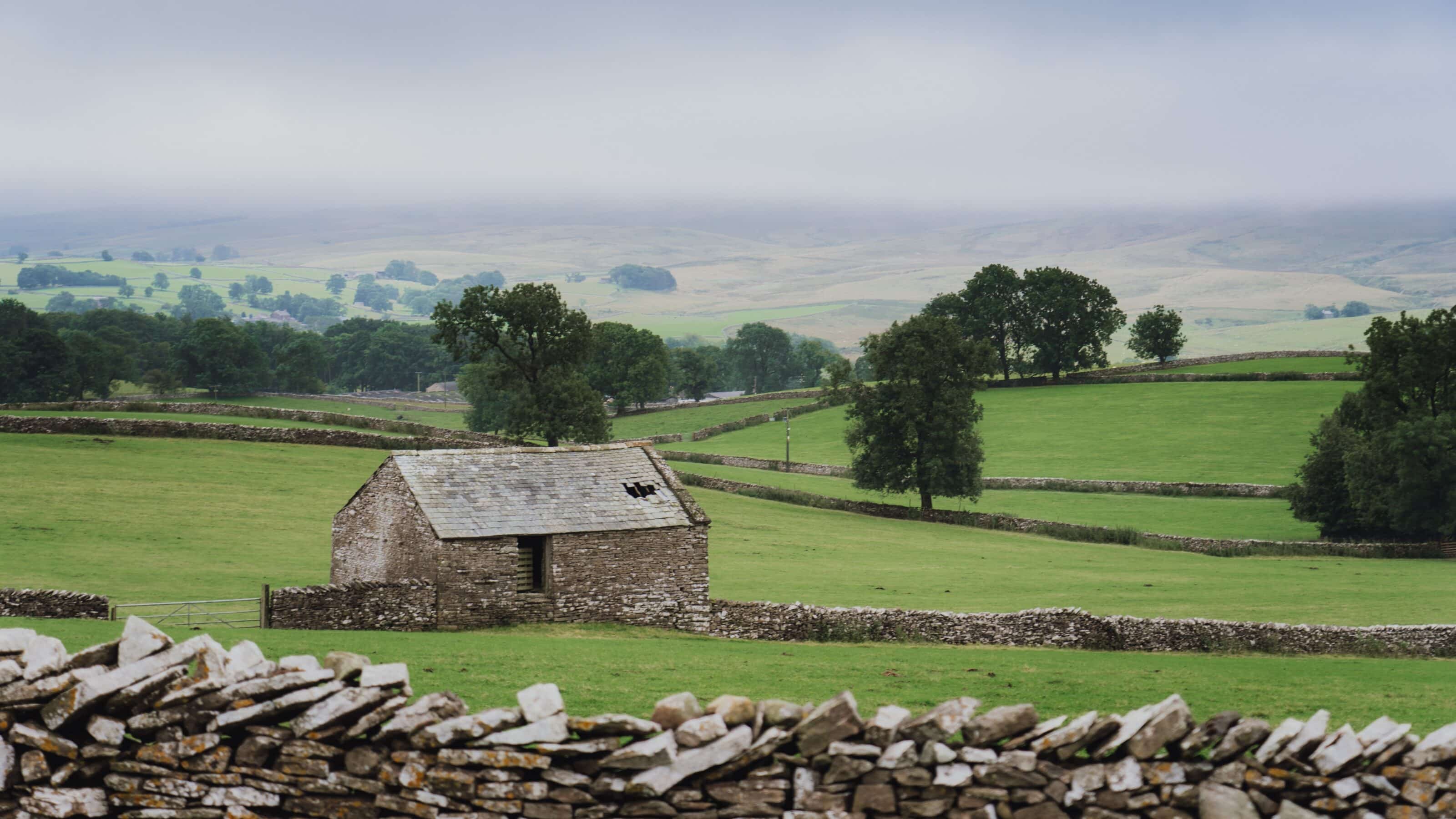
When it comes to nature on the British Isles, most people immediately think of Scotland. But let’s go just a bit south to Northern England. There’s an almost continuous strip of three national parks with landscapes reminiscent of Tolkien’s world. What types of opportunities does this lesser-known part of Europe offer photographers?
Each national park is very different and unique. The only thing they have in common is the Coast to Coast trail, which runs from the Irish Sea to the North Sea.
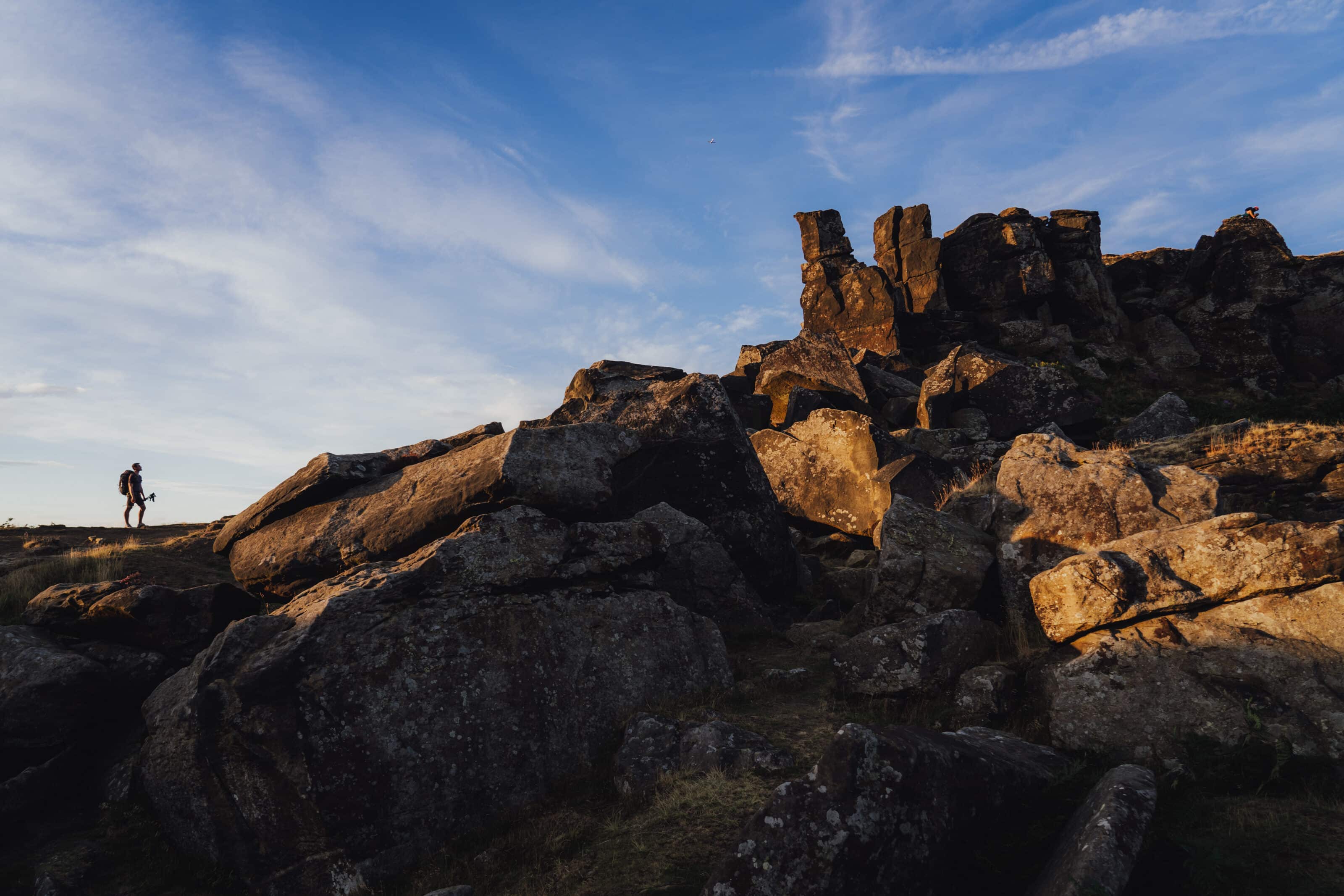
The north of England is associated with the beginning of the Industrial Revolution. So don’t expect pristine countryside like you would in Scotland. The mountains, lochs, and forests here were once the source of raw materials for the great industrial cities of England, especially Manchester.
The remnants of major industrial works projects can be found nearly every step of the way. But there are also farms, herds of cows, small stone villages, and ancient menhirs from pagan times. It’s a magical landscape where every outdoor photographer can find something unique.
The Lake District: For wildlife lovers
If you want to check England’s highest mountain off your list, head to the Lake District. At just under 1,000m (3,280ft) above sea level, Scafell Pike may look like a walk in the park, but appearances can be deceiving. Remember to pack your camera in a waterproof case and bring reliable GPS navigation.
Views of the beautiful undulating landscape and the adorable sheep can be covered in fog or rain, and the possibility of a general lack of visibility in this vast terrain.
This landscape can be very challenging to photograph. The overcast weather and diffused light can make the landscape look flat and dull. It’s difficult to capture its vastness in a photo. That’s why it’s a good idea to use scale when shooting. You can incorporate scale in your photography using the ever-present sheep, buildings, or people.
If you prefer photographing the mountains from below, you will love the long valleys full of lakes and small stone villages where it looks like time has stood still. If you like Lord of the Rings, you’ll be reminded of the hobbit holes of the main characters over and over again.
The Yorkshire Dales: For fans of English mystery novels
The mountainous Lake District seamlessly moves to a lowland area of heaths and boglands. It is here that we move from The Lord of the Rings to The Hound of the Baskervilles. The brooding landscape is a constant reminder of the origins of all those mystery novels English writers are famous for.
This brooding, flat landscape can be even harder to capture than that of the Lake District. Nevertheless, the atmosphere of these places is so intense that the bleakness seems fitting.
Another interesting feature of the Yorkshire Dales are the reminders of mining from the Industrial Revolution. Crumbling old factories and a landscape that’s been so marked by mining that it almost becomes a moonscape in places. This is the face of the Yorkshire Dales National Park:
The North York Moors: For lovers of purple and blue
Why purple and blue? These are the two colors I associate most with this landscape. The most striking feature of the North York Moors is the vast moorlands which turn bright shades of purple in August and September. In addition, the weather here isn’t as harsh as in the previous two national parks. The golden evening light means you can finally work more with shapes and space.
And if you get tired of the seas of purple, you can go to the actual sea. The entire eastern boundary of the North York Moors is the North Sea. You can admire and photograph it from the high limestone cliffs. There are miles of walking trails along the entire coastline, and you can spend days here. The horizon will be filled with just one color—blue.
The Peak District: For lovers of wind and rock
I’ve only written about three national parks. But I want to mention a fourth, which has a bit of everything and is located at the foot of the Yorkshire Dales. The English are especially proud of the Peak District. They won the right to use it for hiking and nature activities after protesting in 1932.
It may sound absurd today, but a hundred years ago, national parks were private land. Passing through them was forbidden. For photographers, in addition to history, hills, moorlands, waterfalls, and stone villages, you can find the bizarre rock formations that have made this park famous.
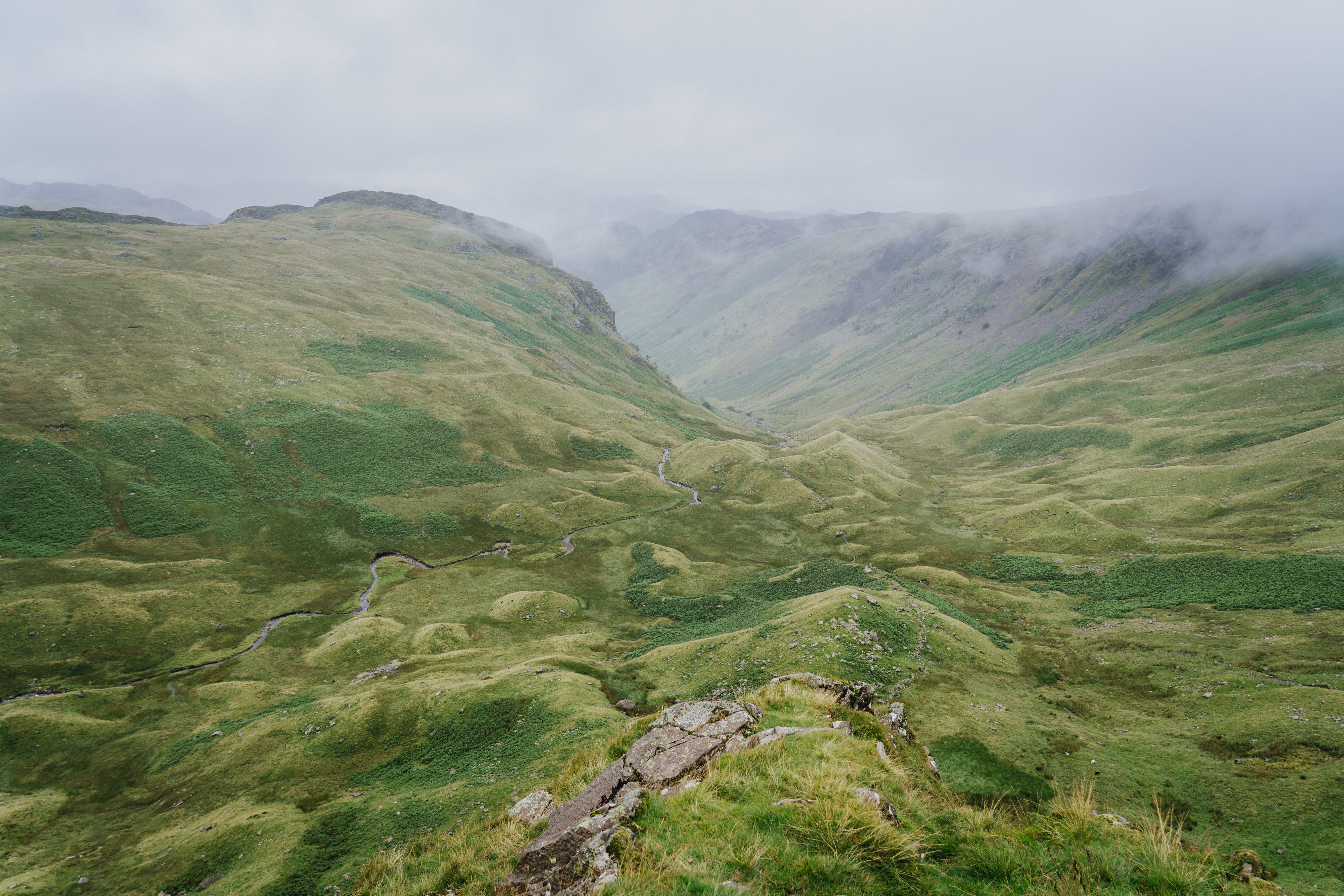
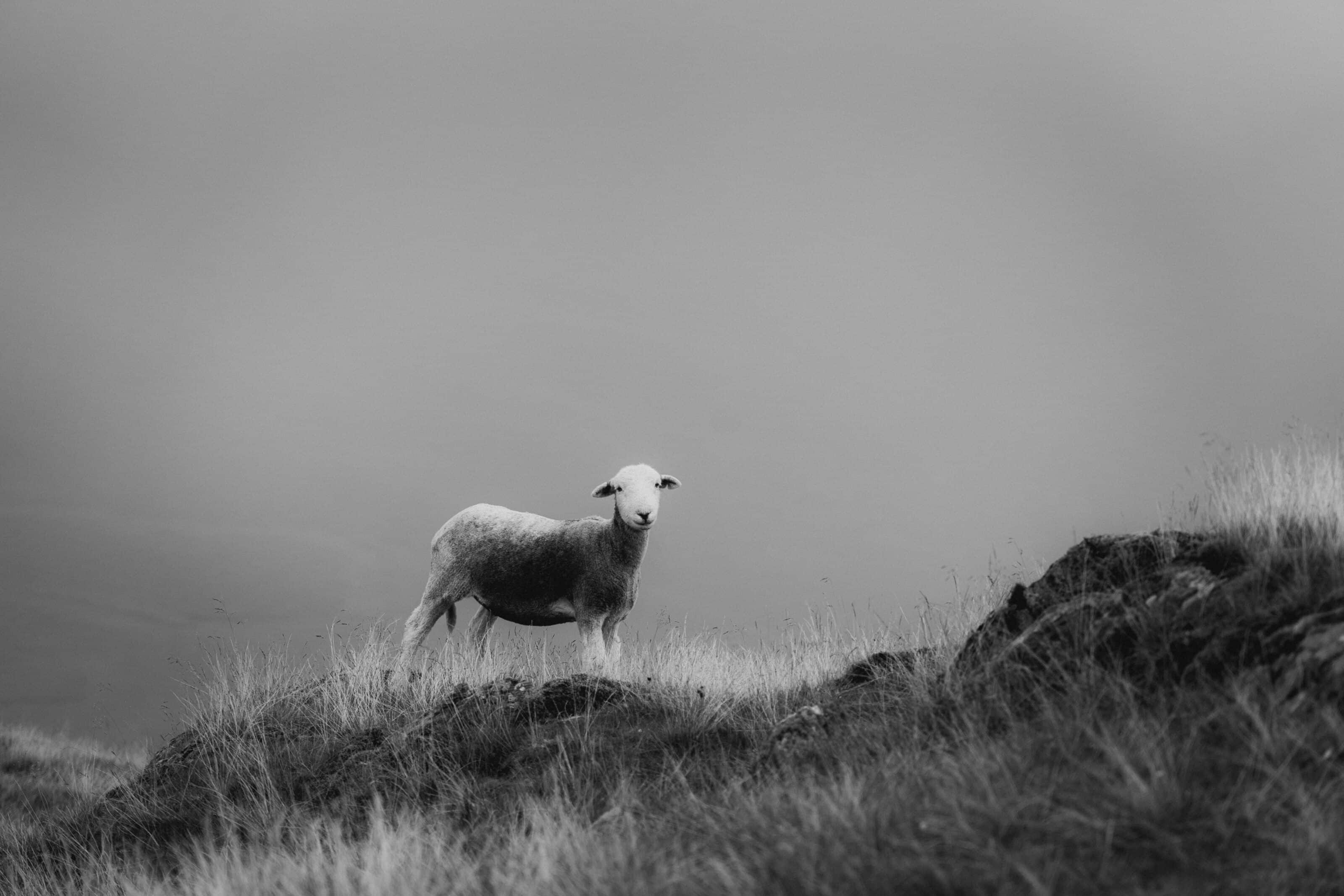
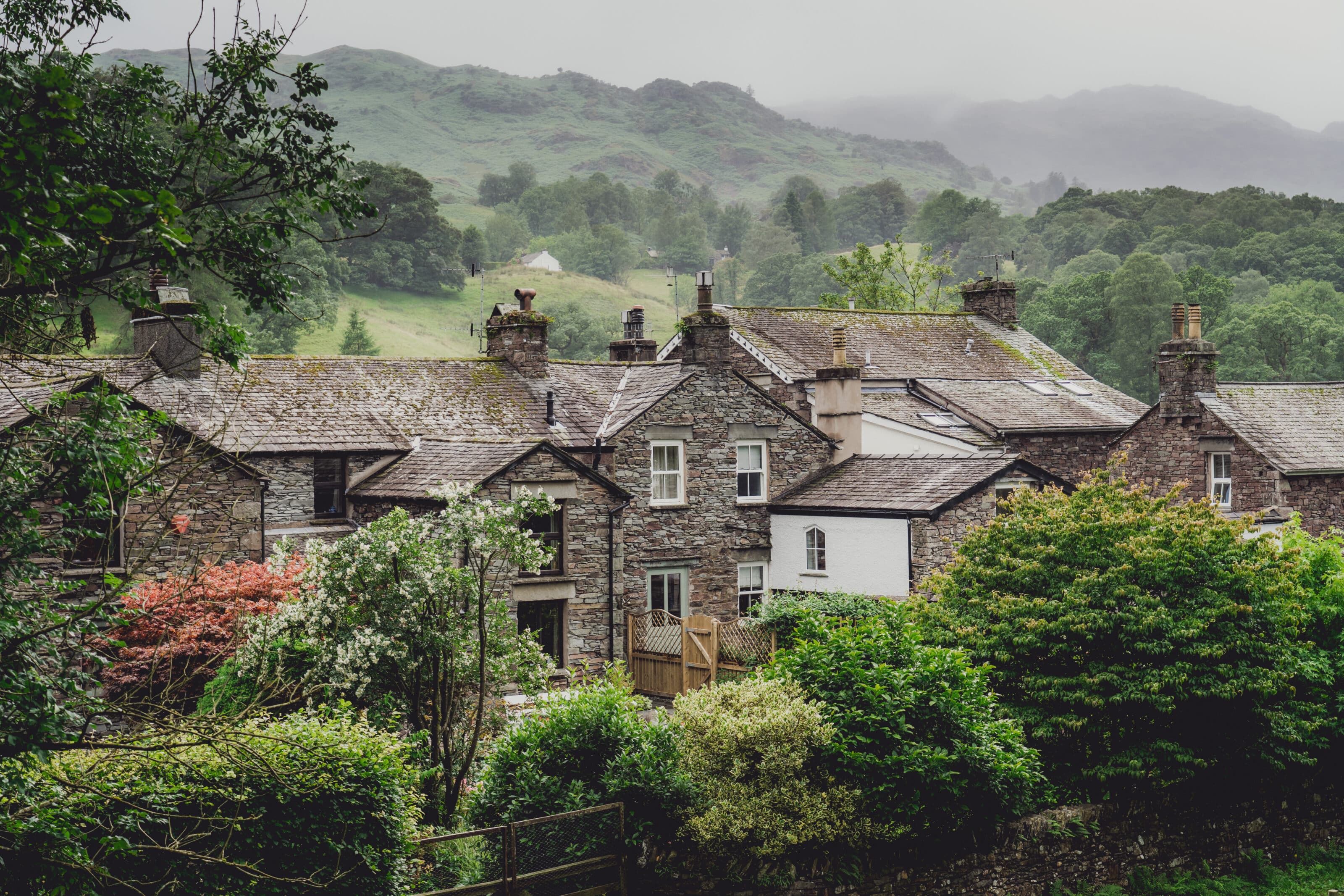
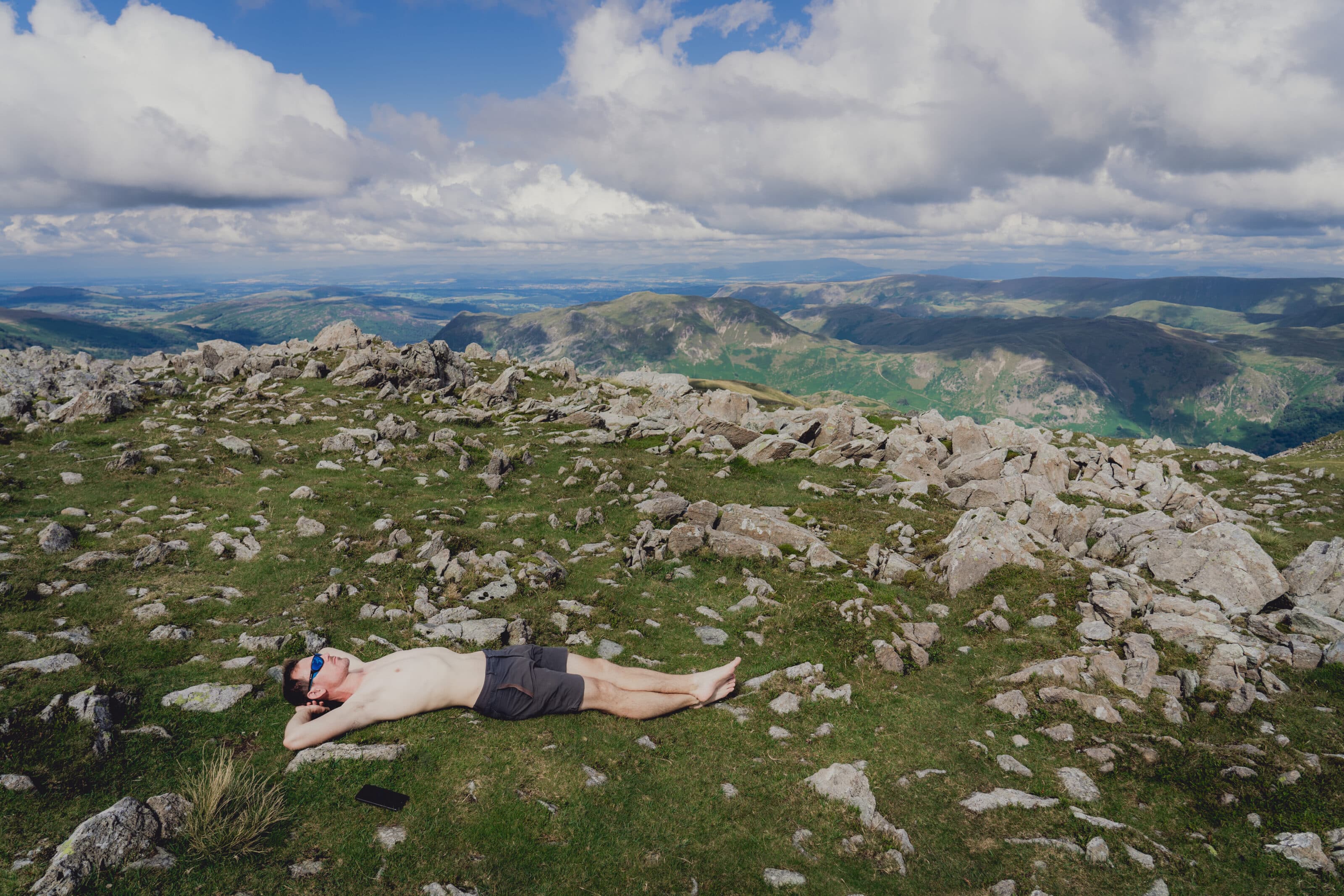
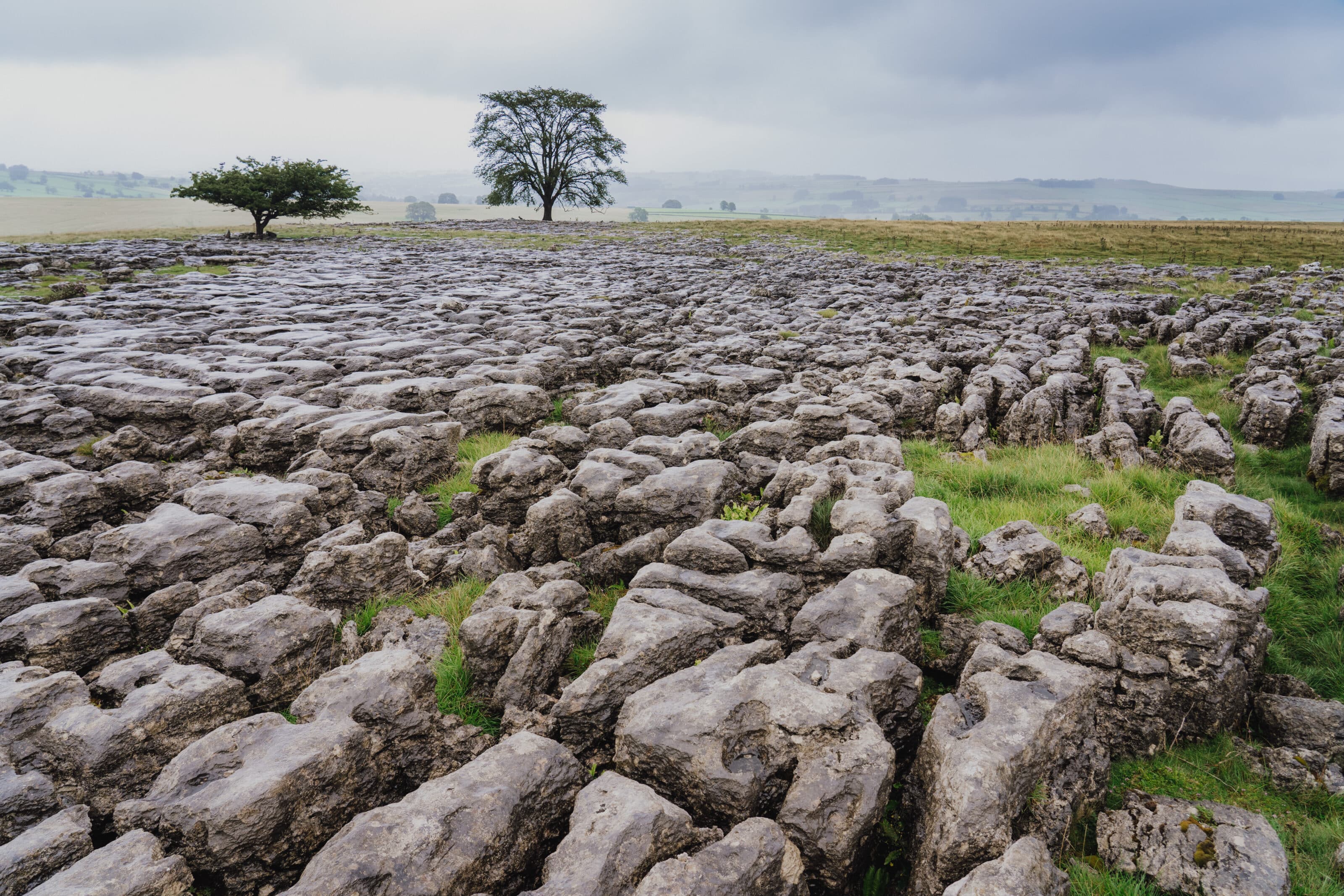
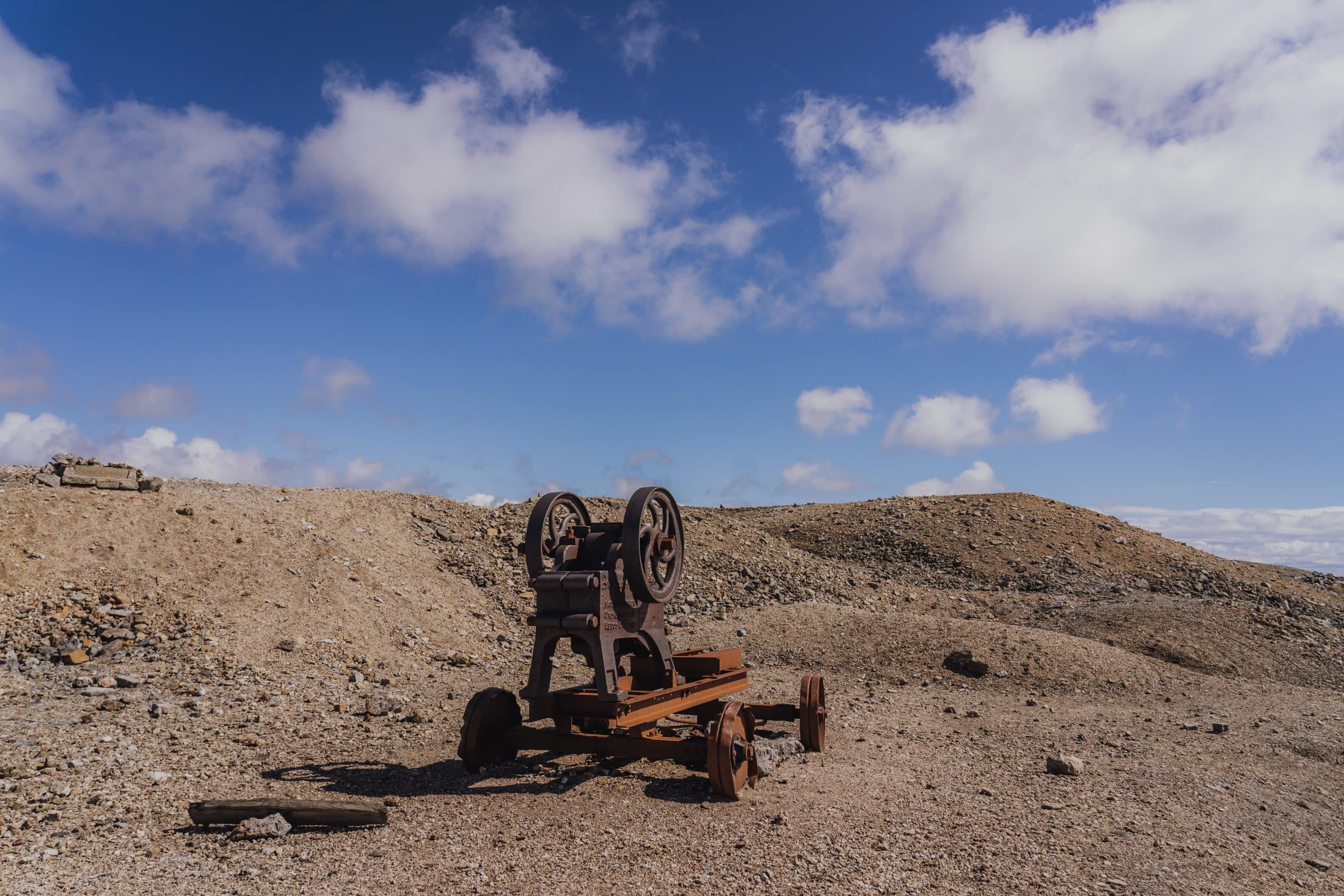
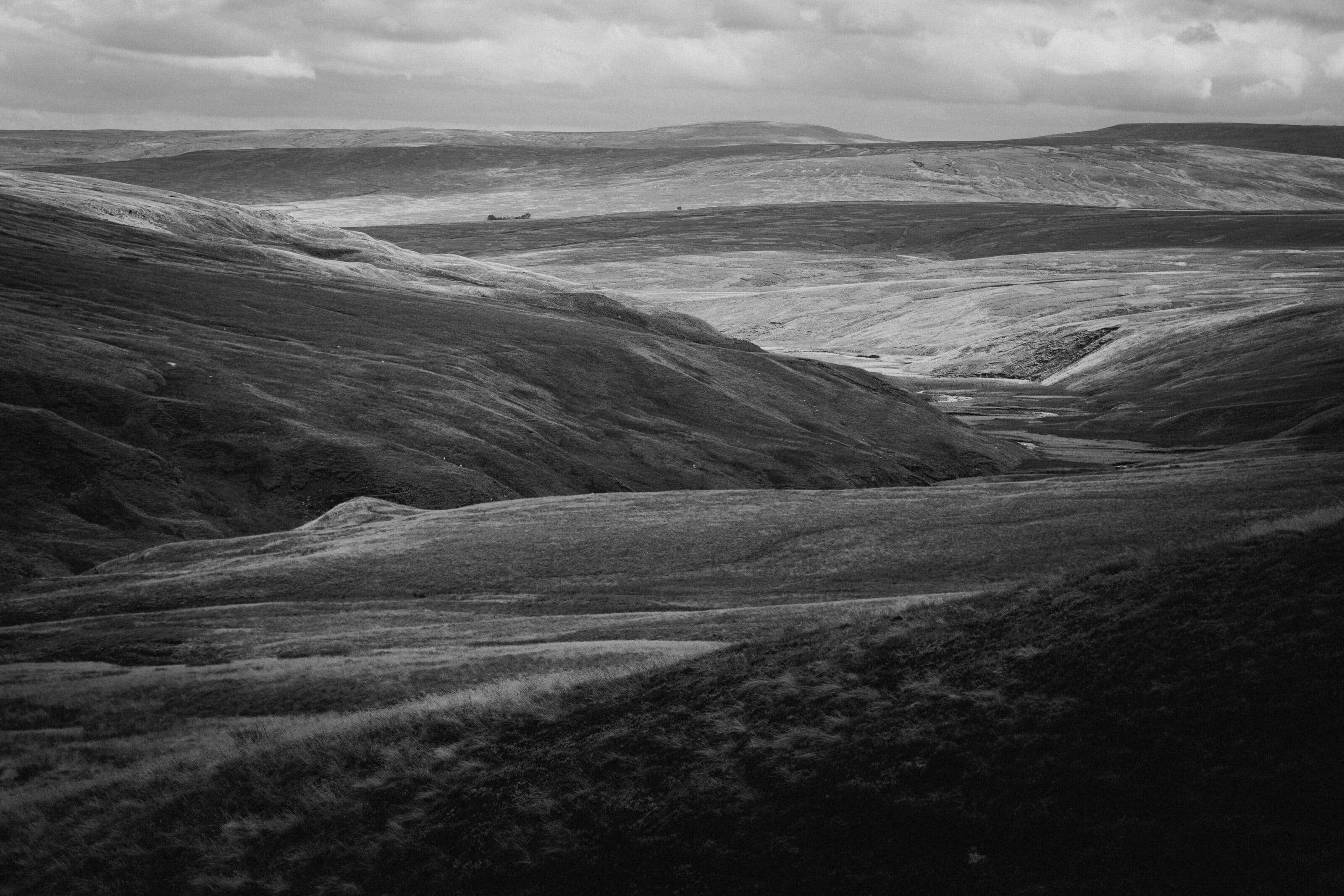
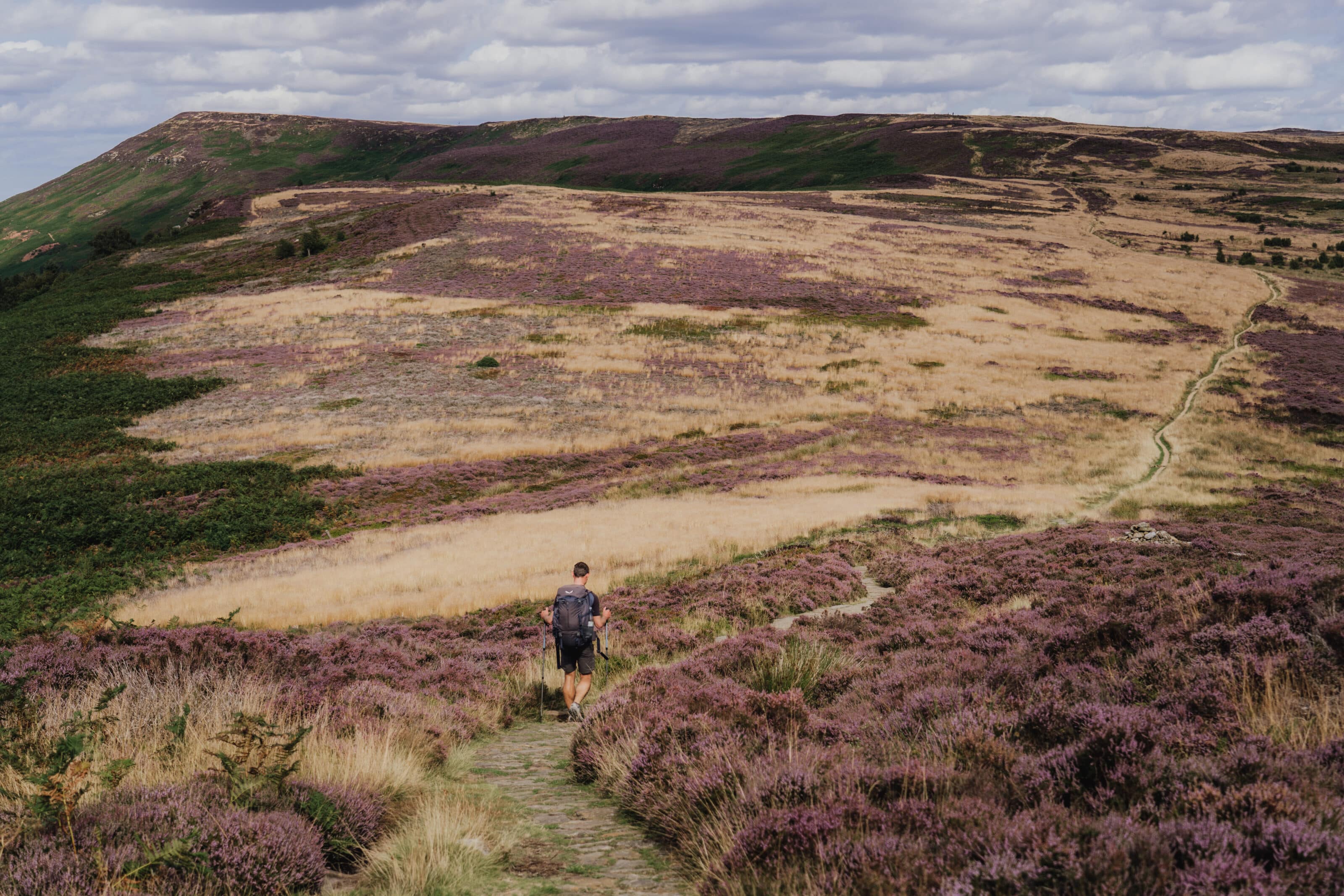
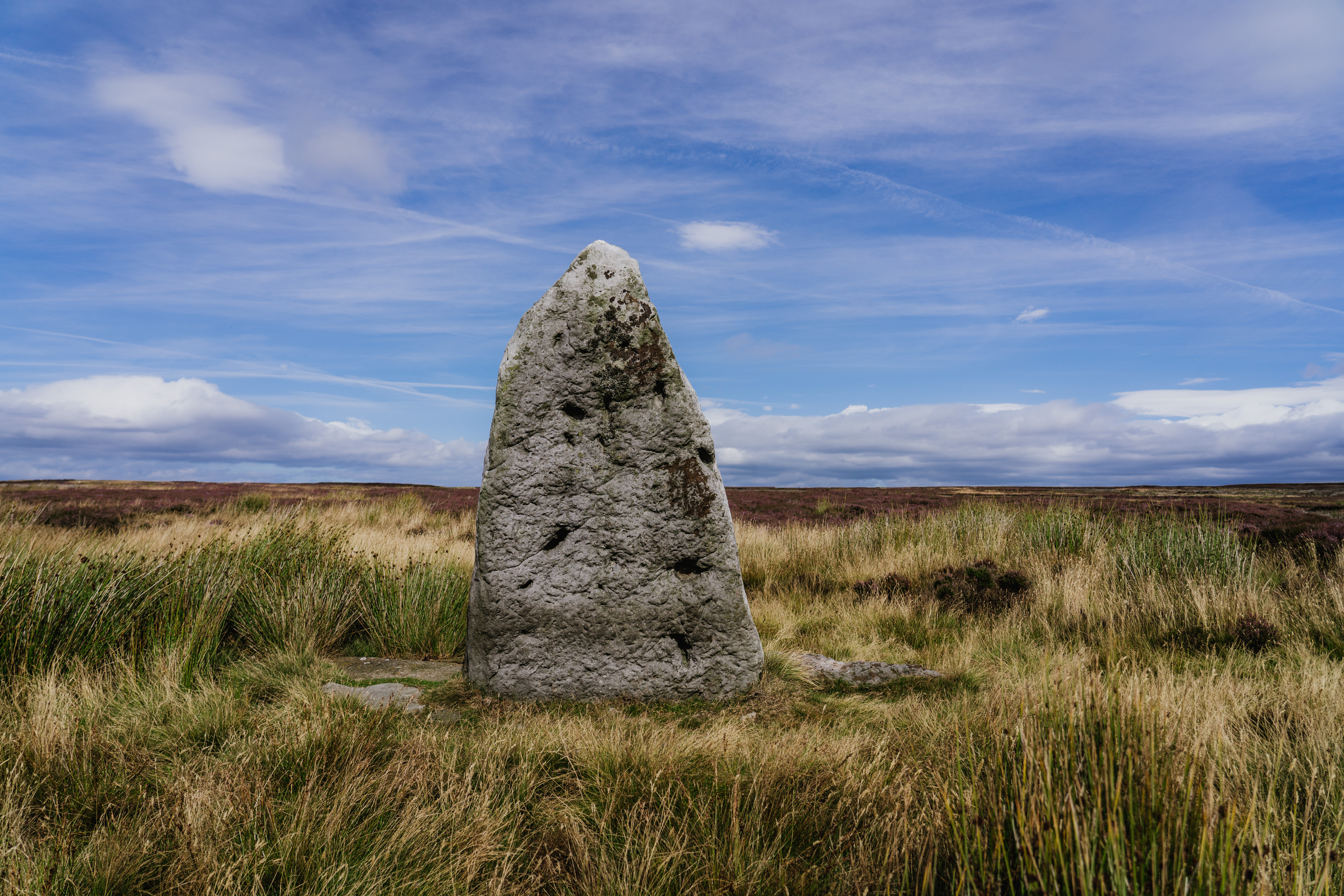
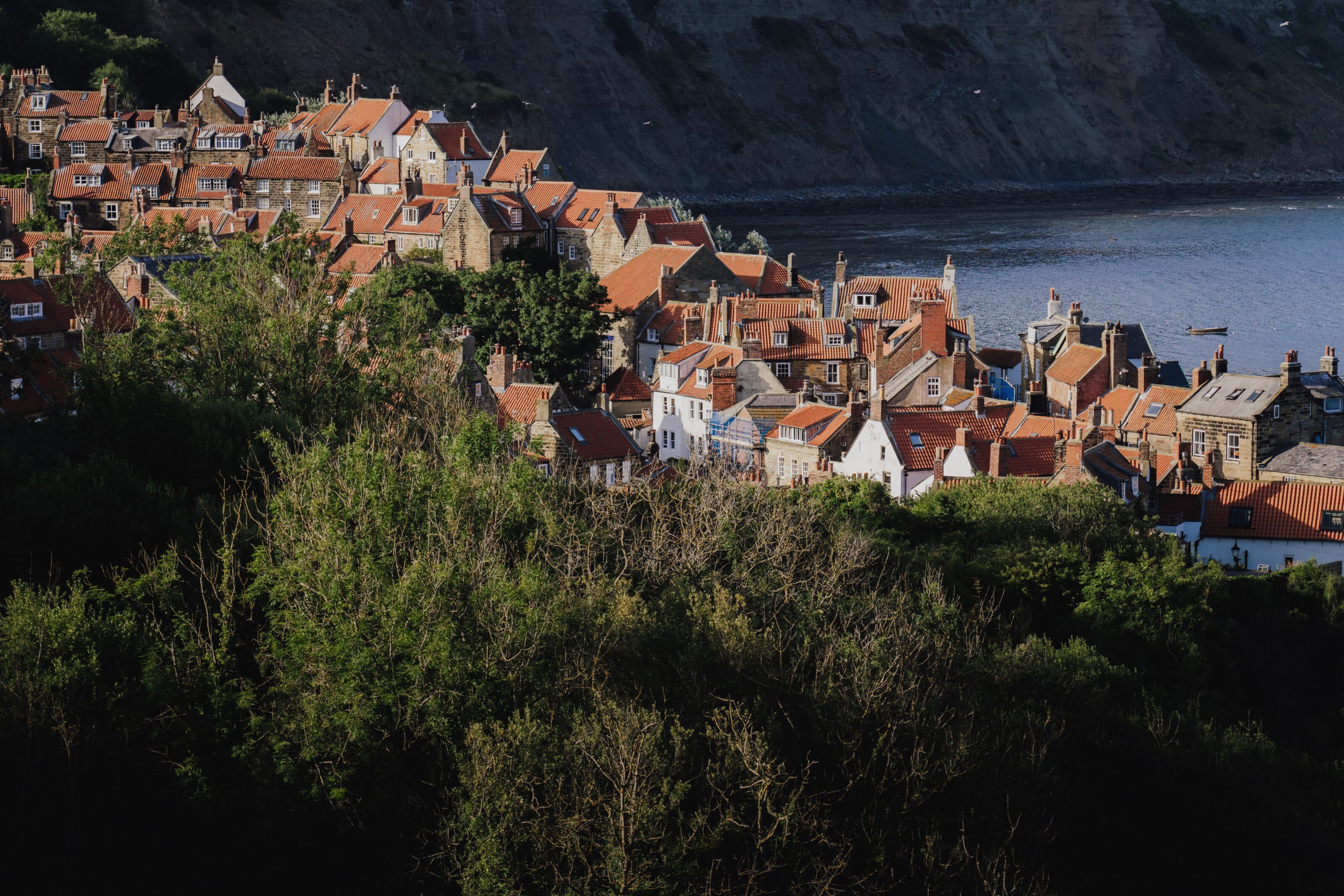
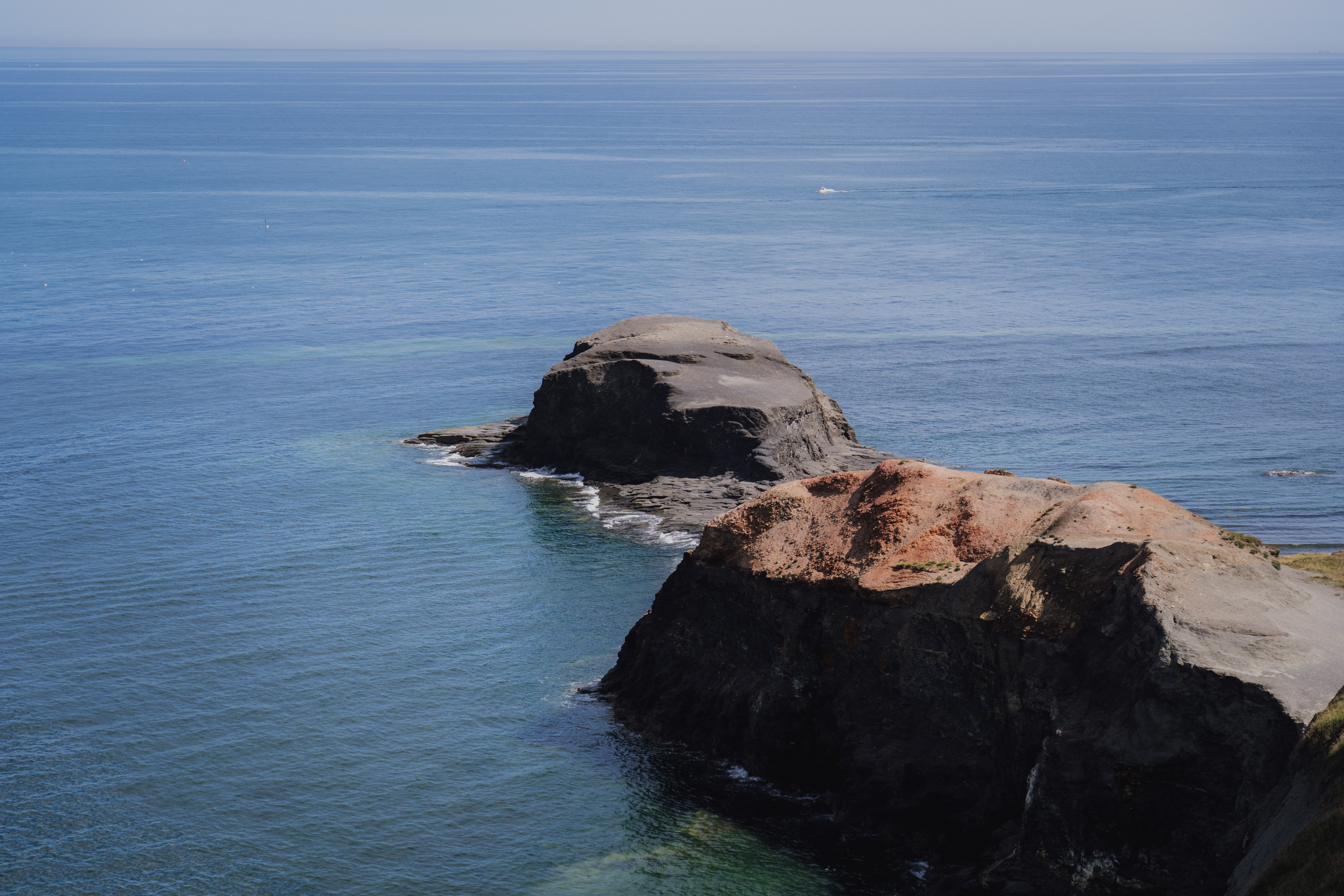
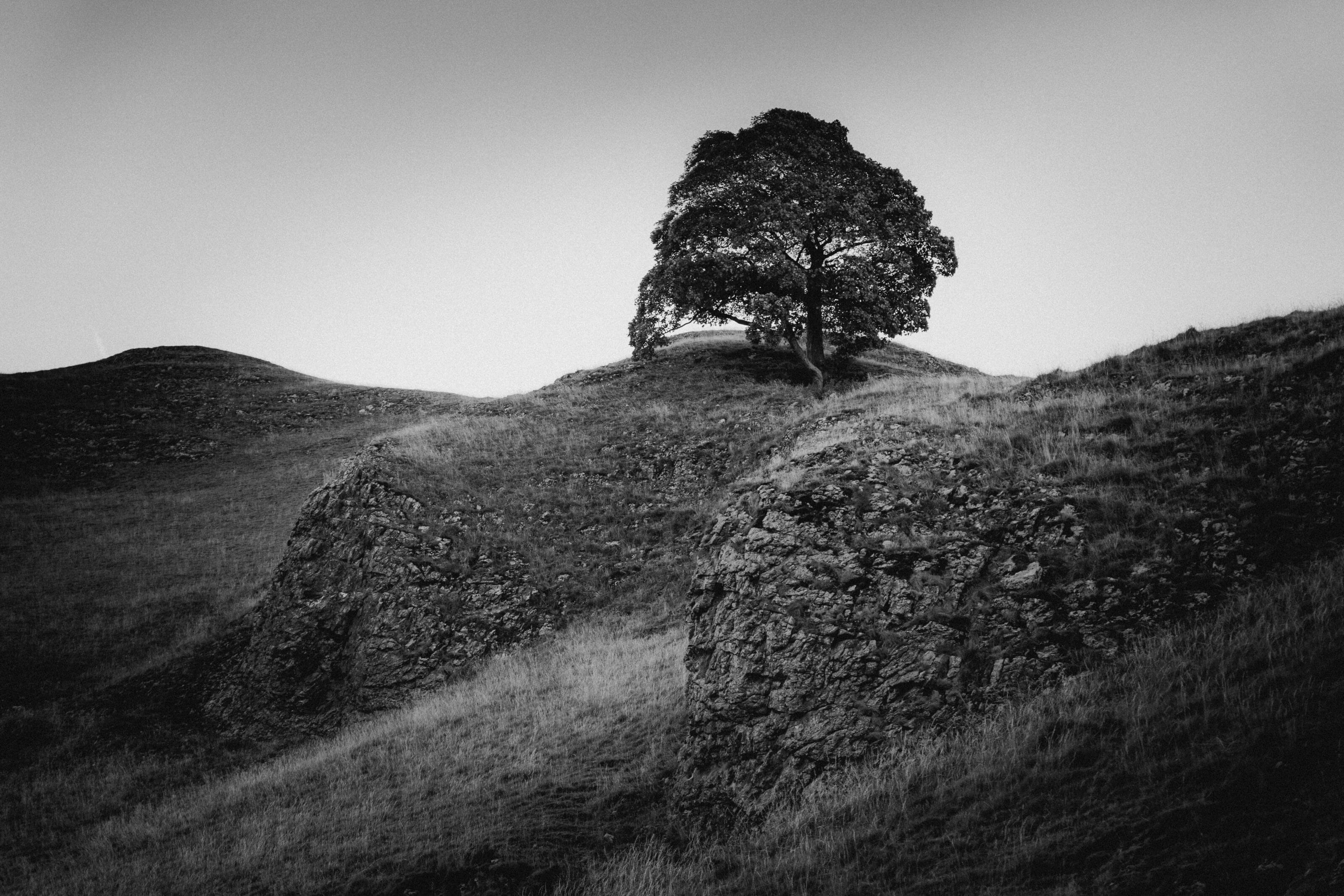


Rob Lewis
Some lovely photos but as someone who is very familiar with that area, I must correct on mistake in the text. In the first shot of the Yorkshire Dales, you describe the rock pavement as a moonscape left over from the industrial revolution. That is not the case, the rock formations are, in fact, completely natural and the photo is of a striking example of a limestone pavement. See https://en.wikipedia.org/wiki/Limestone_pavement
The straight deep cracks, known as grikes leave rectangular slabs, known as clints. The effect is of something that looks ‘man made’ so your mistake is entirely understandable.